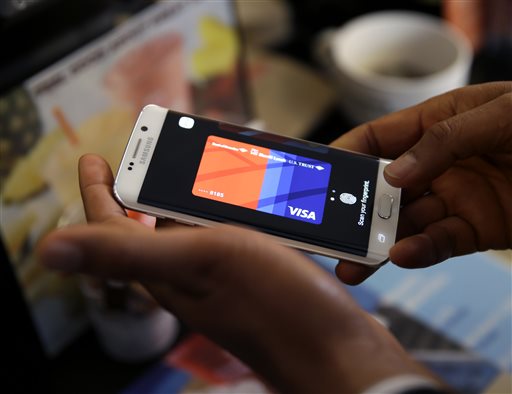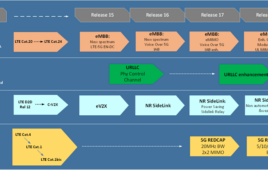
AP photo.
More than half of Generation Z (ages 18 to 24) consumers in the United States said they’ve made a mobile payment while using the Internet in the past six months, a new study from GfK found.
According to the study, the 53 percent figure for Generation Z was nearly four times the 14 percent figure for Baby Boomers (ages 50 to 68) and substantially higher than the 37 percent for Generation Y (ages 25 to 34) and 27 percent for Generation X (ages 35 to 49).
While mobile payments on smartphone, tablets and other mobile devices account for just three percent of all transactions in the United States, the payment method accounts for seven percent of transactions among Generation Z, the study found.
But Generation Z consumers don’t just use mobile payments more, they also have more faith in the system and are the group most excited about paying for “more and more transactions” from their mobile devices.
According to GfK’s results, 31 percent of Generation Z consumers agreed that “making payments with a mobile device is more secure than other methods” and 53 percent said they were looking forward to using mobile for more transactions.
By comparison, only 16 percent of the overall population felt mobile payments are secure, though at 28 percent Generation Y was most closely in line with Generation Z. Only six percent of Baby Boomers feel mobile payments are secure.
Generation Z’s enthusiasm for a future with increased mobile payment opportunities also outstripped the U.S. average of 27 percent. However, once again, Generation Y was right behind their younger cohorts with 45 percent looking forward to more mobile payments.
GfK said Generation Z’s proclivity for mobile payments and uncertainty in the general population provide an opening for companies to explain the system’s value to consumers.
“Many consumers today do not understand the value proposition offered by mobile payments,” said Tim Spenny, Vice President on GfK’s Financial Services team. “This creates an opportunity for the industry to develop its own narrative around why people should use mobile devices to pay for their purchases – with security, speed, and ease of use top among the reasons. In 2016, we see mobile payments gaining traction through the addition of benefits such as rewards, discounts, and coupons that are integrated into phone payment systems.”
However, in crafting that message, the industry will have to address the one universal concern among consumers: privacy.
According to the study, more than half of consumers in all generational groups expressed concern for their personal information when making mobile payments.




